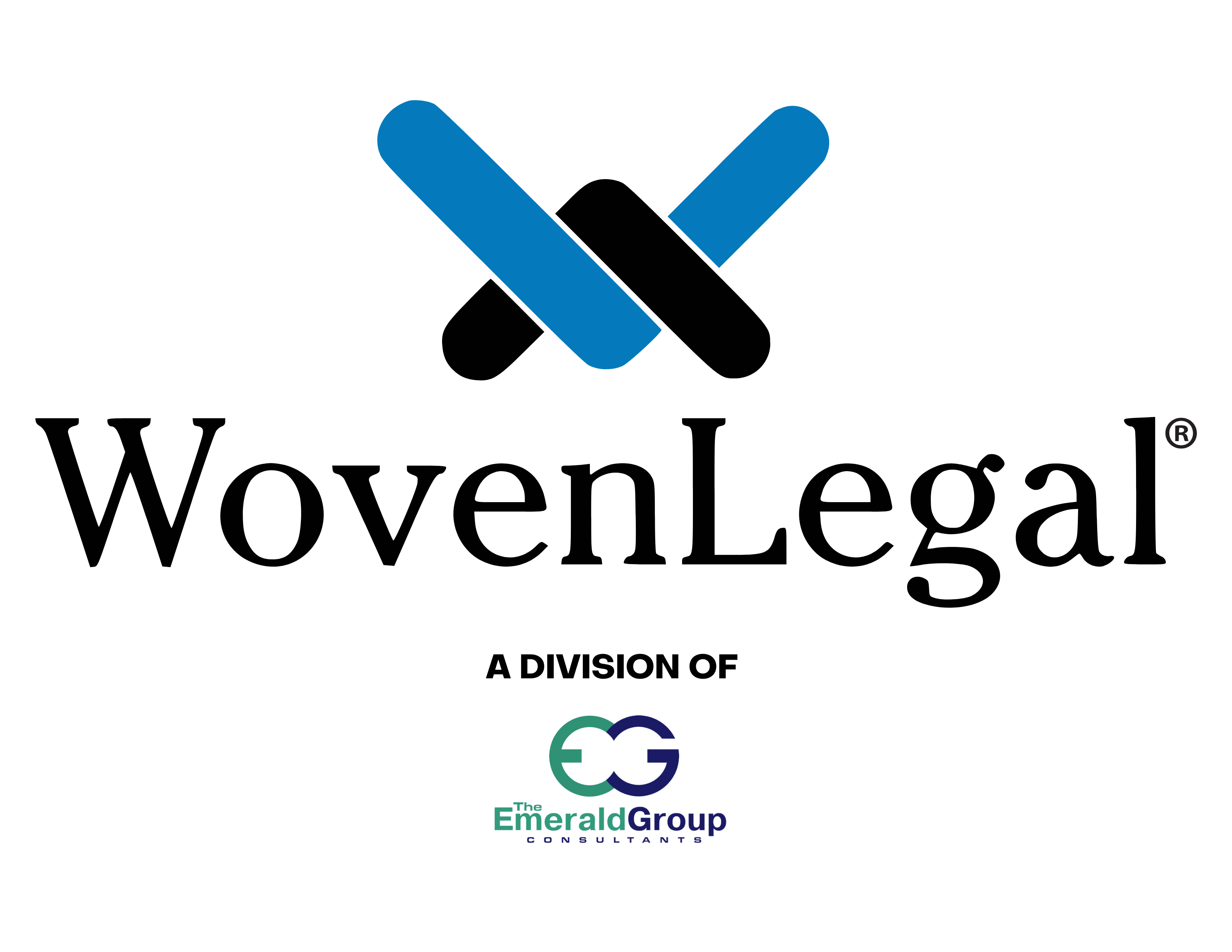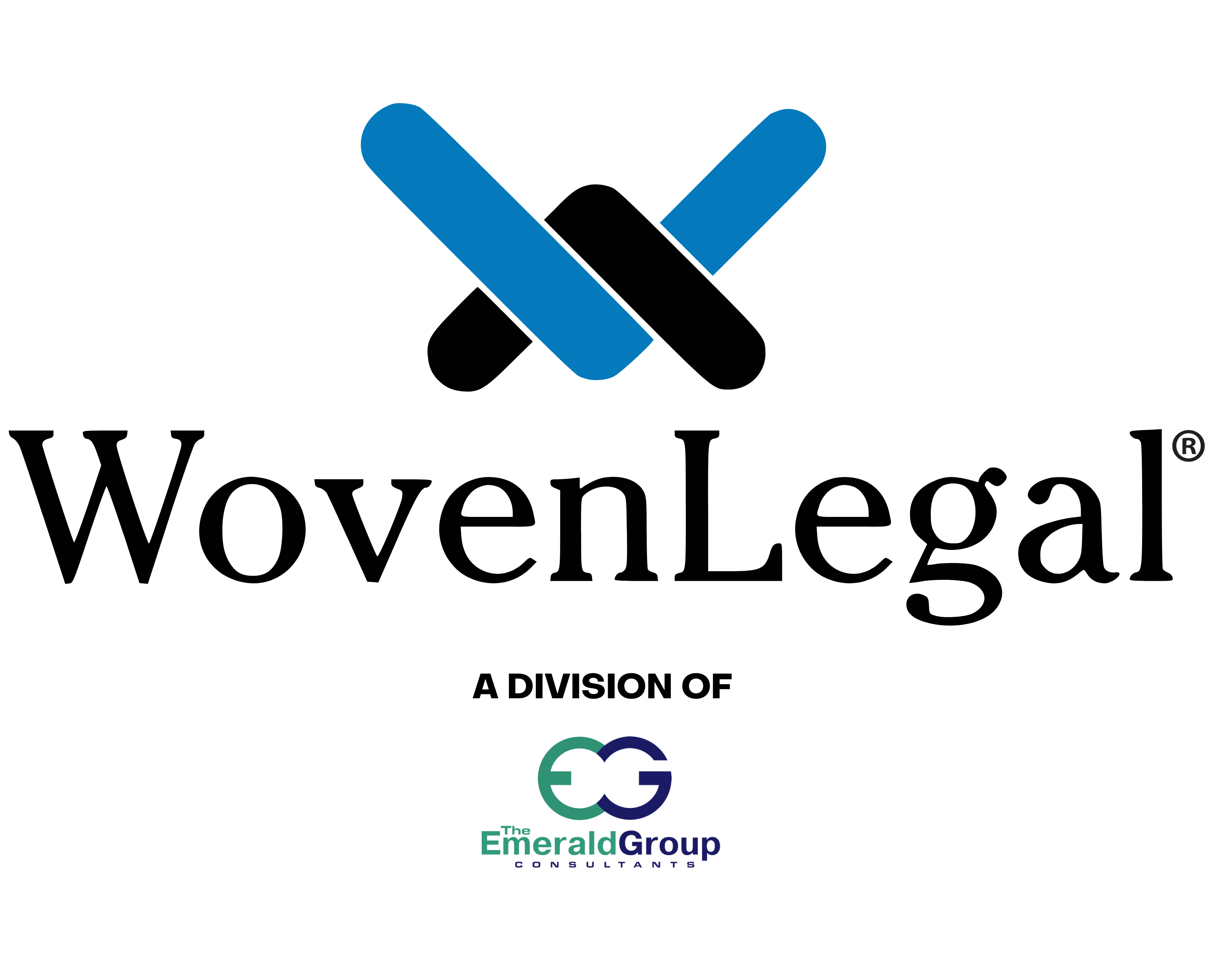Tips on Case Management Optimization for Small Law Firms
“You’re doing it wrong!”
“No, you’re doing it wrong.”
I overheard this exchange between two attorneys at a law firm. One was frustrated by his colleague’s DIY workarounds in their case management system (CMS), while the other admitted he didn’t know how to get the software to do what he needed in the first place. Both were clearly trying—but hitting walls instead of streamlining workflows.
Let’s Get Honest About Your Case Management System
You likely invested in a platform like Clio, MyCase, or PracticePanther, or one of the other numerous systems to bring order to your operations. But here’s the uncomfortable truth: most small firms aren’t using their CMS effectively.
And this isn’t just anecdotal.
📊 According to the 2023 ABA TechReport, while 59% of solo and small firm attorneys report access to a CMS, only 47% in firms with 2–9 attorneys actively use it. That means more than half of small firms may be paying for tools they aren’t fully leveraging—a costly oversight.
The Real Cost of Underutilization
Even if you’re not logging in daily, your CMS affects how quickly matters progress, how accurately time is tracked, when invoices go out, and ultimately, how fast you get paid.
Managing attorneys often tell us that billing feels like pulling concrete uphill. It can take nearly a full day each month to cobble together time entries and build invoices—time that could be spent on client work or business development.
When used correctly, your CMS should streamline billing—not add to the burden.
⚠️ Common Pitfalls of Underused CMS Tools
- Relying on spreadsheets or sticky notes
- Ignoring built-in automation features
- Manually creating documents instead of using templates
- Inconsistent team usage due to lack of training
- No custom reporting to track progress or profitability
Why This Happens
1. No strategy behind the setup
Many firms install the software but never fully configure it, leading to broken processes and inefficient workarounds.
2. Assuming the team is using it properly
Without standard operating procedures and training, most staff revert to old habits—or use the CMS only partially.
3. Workarounds instead of workflows
When the system isn’t aligned with how your firm actually works, teams create patchwork fixes that compound the problem.
What “Doing It Right” Looks Like
Firms that get this right don’t just use their CMS—they leverage it. They build workflows, adopt automation, create templates, and train their teams to rely on the platform daily—not as an afterthought.
We’ve seen small firms make major improvements by:
- Creating templates for intake, document generation, and tasks
- Mapping workflows by practice area
- Tracking time entries in real time
- Syncing with tools like QuickBooks, DocuSign, and Outlook
- Using dashboards to monitor productivity and collections
- Automating client communication follow-ups
Fixing It: You’ve Got Options
These optimizations can be done in-house, with a consultant, or with support from service providers. If you’re looking for help, Woven Legal is one such resource.
We offer:
- Designated Placement: Long-term support from paralegals experienced in legal tech
- The Productivity Center: On-demand help with CMS clean-up, setup, and training
Our team brings best practices from firms across the country and is trained to spot inefficiencies quickly.
Revenue Impact: Why This Matters
Improving CMS usage affects more than convenience—it drives revenue:
- Matters move forward without bottlenecks
- Time entries are captured and billed promptly
- Invoices go out faster
- Payments arrive sooner
- Staff work more efficiently
In short, it shortens the cash conversion cycle—helping you get paid faster for work you’re already doing.
Final Word: Fix the Software, Free the Firm
Your CMS likely isn’t broken—it’s just underutilized. Whether you improve it yourself, bring in a trainer, or partner with someone like us, the point is to act. The payoff is real.
Many small firms are already doing this—and reaping the rewards.
Woven Legal is one option among many. What matters most is that you take the first step.




Comments are closed